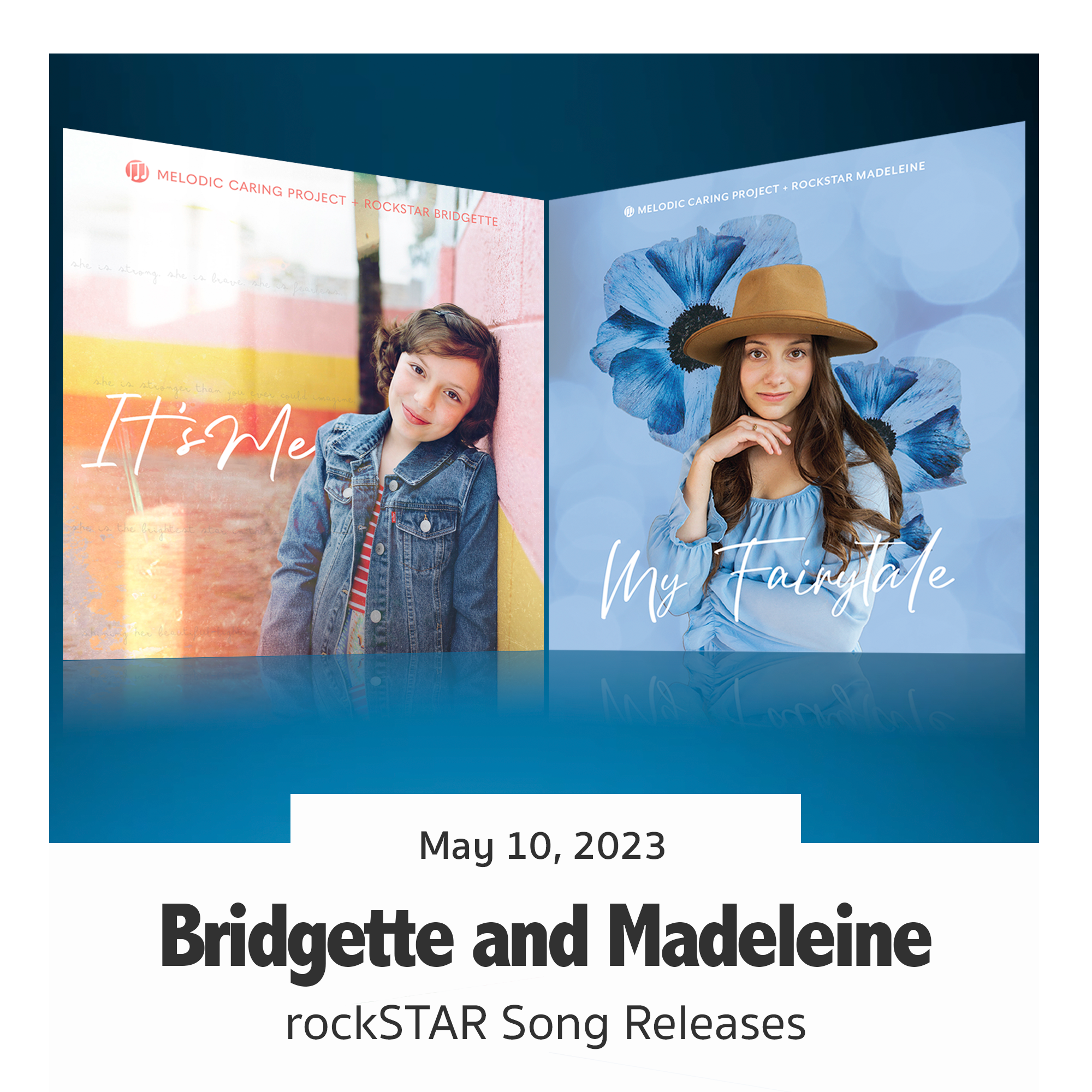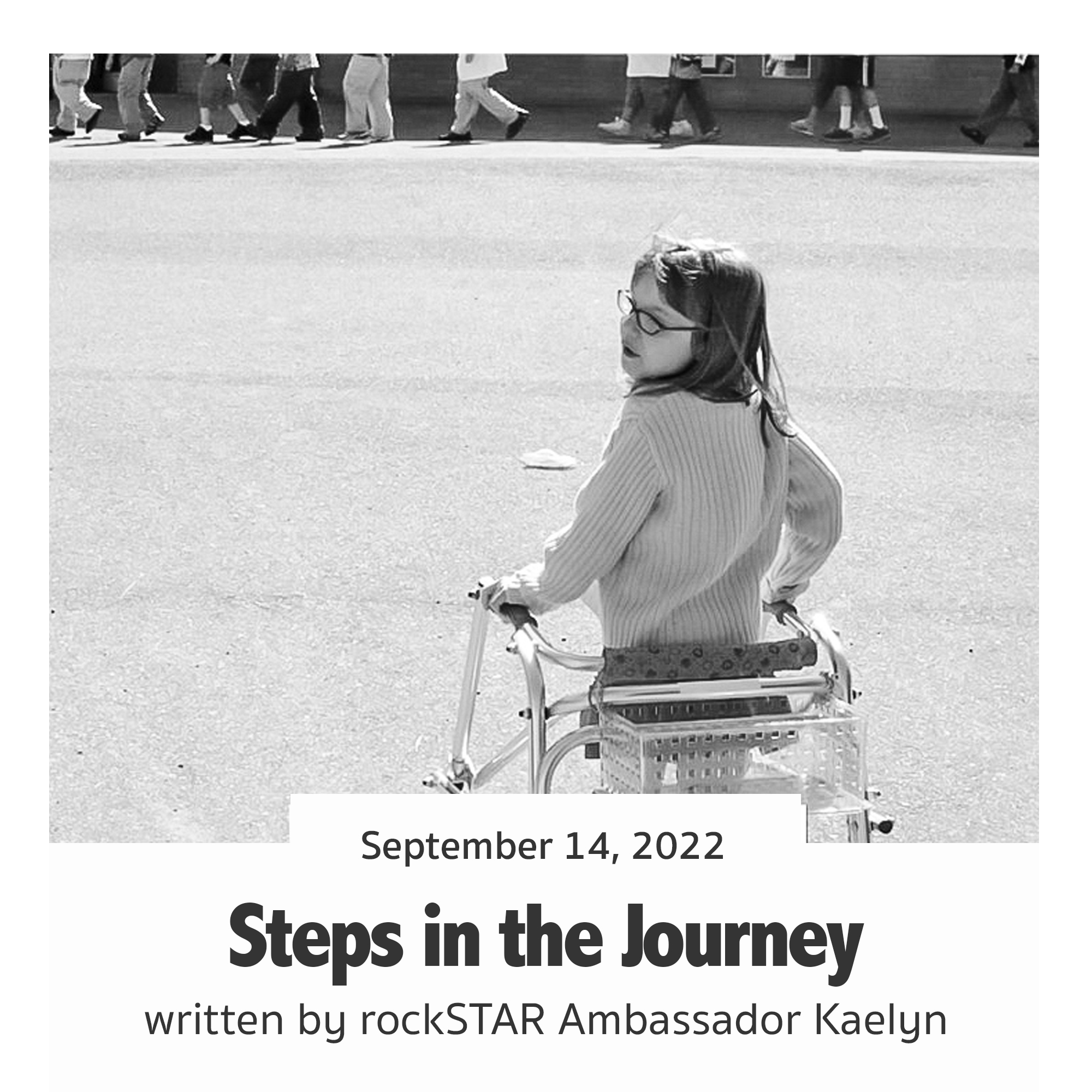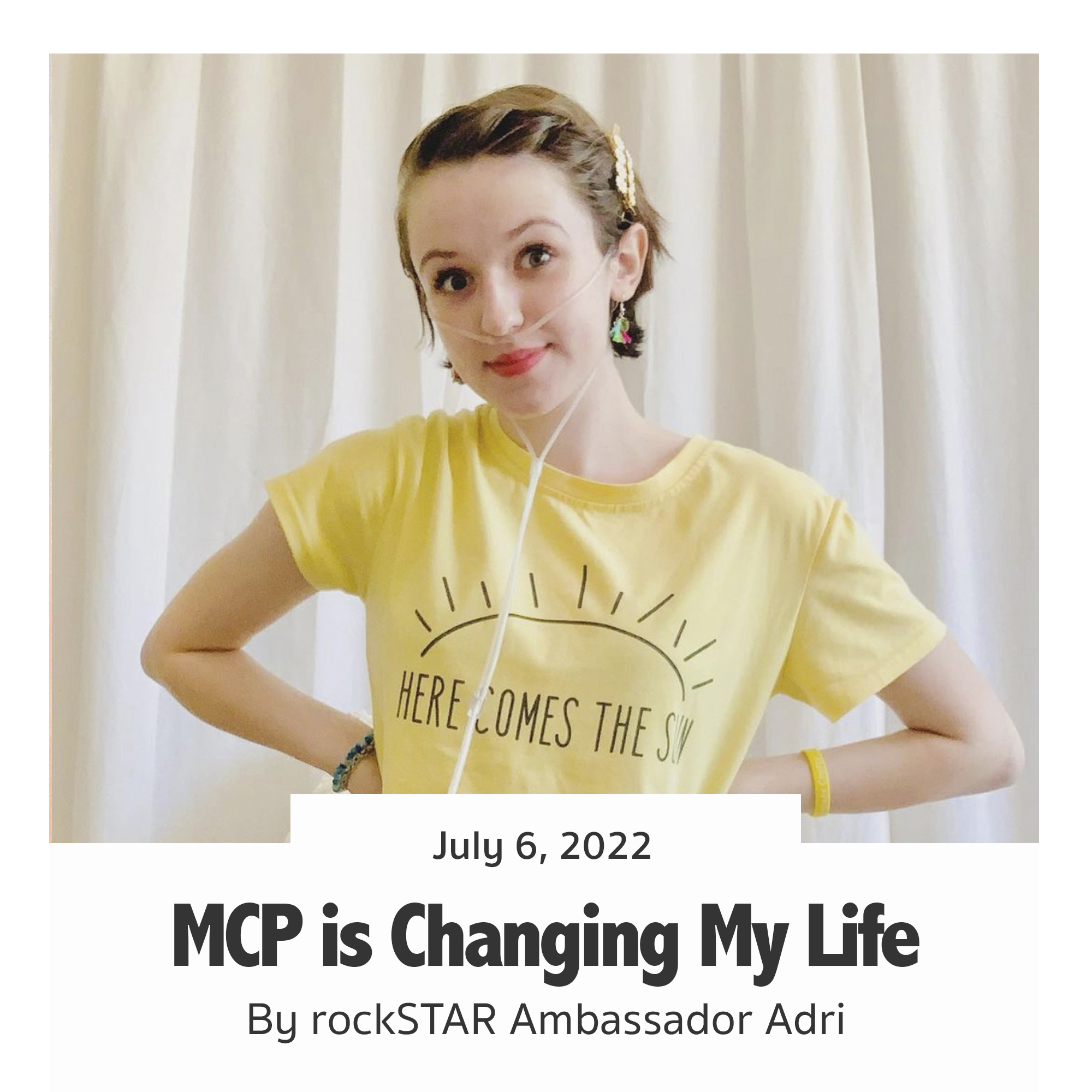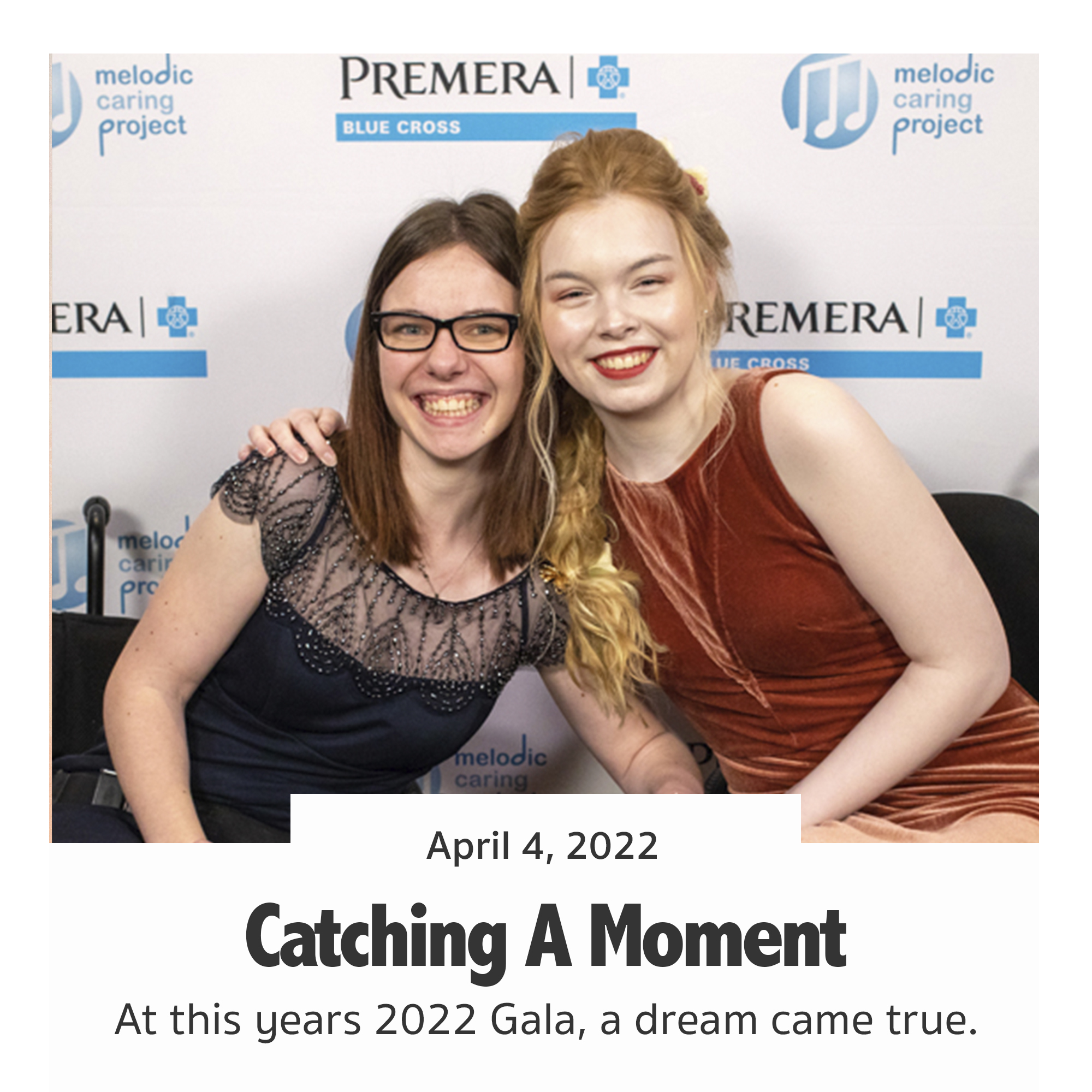Musings from a Music Therapist
Written by Tanesha Ross, MT-BC, NMT: Music Therapist Board Certified / Neurologic Music Therapist / rockSTAR Liaison
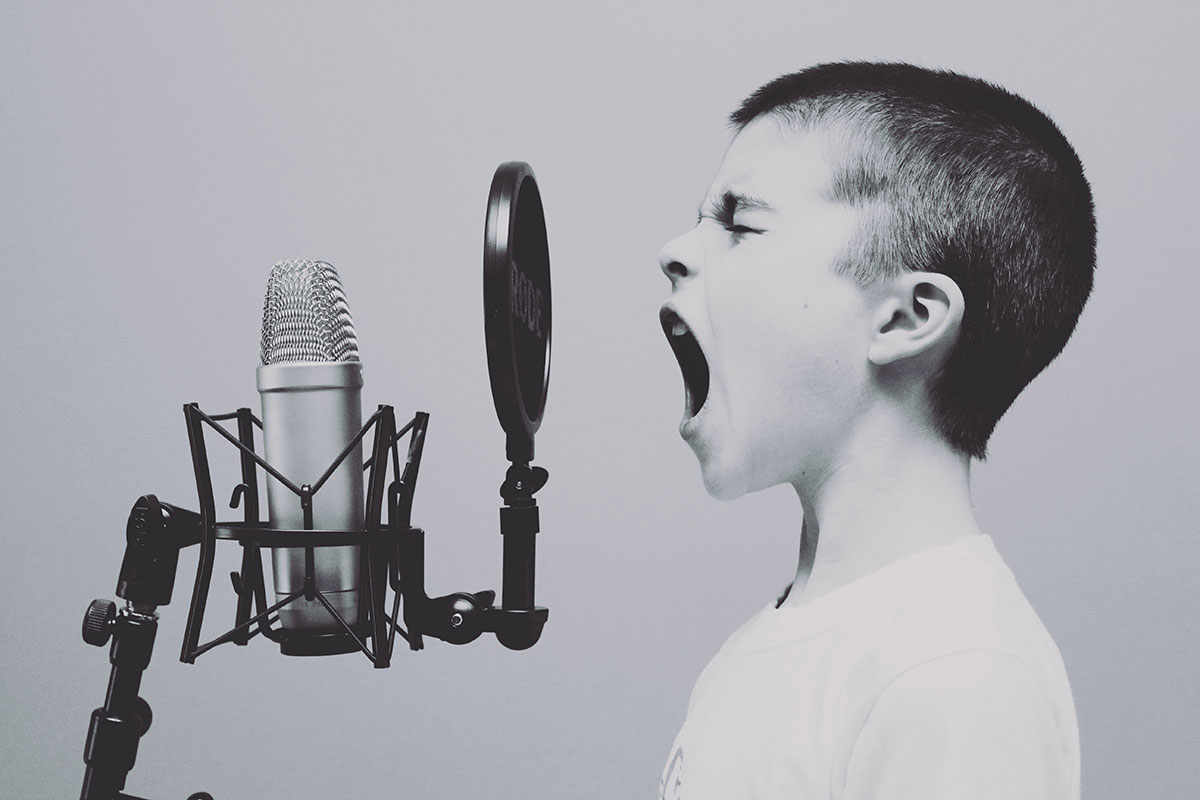
What is Music Therapy? The American Music Therapy Association’s definition of music therapy is “the clinical and evidence-based use of music interventions to accomplish individualized goals within a therapeutic relationship by a credentialed professional who has completed an approved music therapy program”. As a therapy professional, I use music as my medium to achieve non-musical goals. I identify a client’s strengths and needs, create goals, objectives within those goals, then track those goals and objectives through documentation. There are several domains in which a music therapist can address a need. These domains include: a) cognitive; b) communicative; c) emotional; d) musical; e) psychosocial; f) physiological; g) sensorimotor; and h) spiritual (CBMT, 2020). An example of a non-musical goal could be “to increase communication”, or “to foster appropriate social interactions”. Umberson and Montez, 2010 reports that there are “three broad ways that social ties work to influence health: behavioral, psychosocial, and physiological”.
Research suggests that healthy social interaction helps to relieve harmful levels of stress. Above average levels of stress “can adversely affect coronary arteries, gut function, insulin regulation, and the immune system (Harvard Health, 2019). In addition, poor quality and quantity of social interactions may result in several adverse conditions including “development and progression of cardiovascular disease, recurrent myocardial infarction, atherosclerosis, autonomic dysregulation, high blood pressure, cancer and delayed cancer recovery, and slower wound healing” (Ertel, Glymour, and Berkman 2009; Everson-Rose and Lewis 2005; Robles and Kiecolt-Glaser 2003; Uchino 2006). Low quality and low quantity social interactions have also been associated with “inflammatory biomarkers and impaired immune function, factors associated with adverse health outcomes and mortality.” (Kiecolt-Glaser et al. 2002; Robles and Kiecolt-Glaser 2003).
What does it mean, to lower stress levels? Stress response engages three main hormones, adrenaline (epinephrine), norepinephrine, and cortisol. Healthy levels of the hormones are ok and often help with survival. Healthy levels of cortisol actually aids in breaking down fat, protein, and carbohydrates in the body. However, if increases of cortisol are constantly too high, as in chronic stress, it can actually suppress our immune system, negatively affect our digestion, and inhibit growth. Music has been reported to find “significant decreases between pre- and post session depression, fatigue, and total mood disturbance and had significant decreases in cortisol level” (McKinney et.al, 1997). Another study showed that “Listening to music prior to a standardized stressor predominantly affected the autonomic nervous system (in terms of a faster recovery)”, (Thoma MV, et.al, 2013). This study also reported findings of music having positive effects on emotional and cognitive processing. Music, especially when combined with educated intention, can be healing. Much more research is needed, and we have only begun to scratch the surface on music as a mode of healing and rehabilitation.
Melodic Caring Project brings the healing power of music to children suffering from chronic and severe illness; and who are often quarantined due to compromised immune systems. The service of streaming a concert to these children, whom we call rockSTARS, offers a way to decrease their feelings of loneliness and isolation. Research suggests that caring behaviors trigger the release of stress-reducing hormones”, (Harvard Health, 2019). Engaging in healthy social interactions may improve immune function, reduce inflammation, and reduce risk of cardiovascular disease, amongst other benefits. In addition, evidence suggests that the life-enhancing effects of social support extend to the giver as well as to the receiver.
Melodic Caring Projects programming primarily influences the emotional, psychosocial, and communication domains. The communication domain is uniquely addressed through our supervised and secure live chat function. This live chat is happening during the live stream, and offers a place for rockSTARS to directly engage in this shared experience. Through this medium, rockSTARS and their family members can securely and safely chat with each other, increasing their social interaction. With the continued advancement of technology, offering new ways for those who are medically isolated to engage in the world is vital. This could result in a positive impact on their overall health, aiding in their recovery, and reducing feelings of loneliness and isolation.
Engaging in healthy social interactions is crucial to our mental, physical and emotional health. Melodic Caring Project is committed to bringing the healing power of music to those who need it, raising awareness of the importance of empathy and compassion, and above all, Loving Loud!
To learn more about the Melodic Caring Project, check out our website at https://melodiccaring.org.

Written by Tanesha Ross, MT-BC, NMT
Music Therapist Board Certified / Neurologic Music Therapist / rockSTAR Liaison
Sources:
- APA PsycNet. (n.d.). Retrieved from https://psycnet.apa.org/record/1997-05310-011
- CBMT board certification domains. Retrieved from https://www.cbmt.org/wp-content/uploads/2019/09/CBMT_Board_Certification_Domains_2015.pdf
- Cortisol. (2020, March 15). Retrieved from https://en.wikipedia.org/wiki/Cortisol
- Ertel Karen A, Glymour Maria, Berkman Lisa F. Social Networks and Health: A Life Course Perspective Integrating Observational and Experimental Evidence. Journal of Social and Personal Relationships. 2009;26:73–92. [Google Scholar]
- Everson-Rose Susan A, Lewis Tené T. Psychosocial Factors and Cardiovascular Diseases. Annual Review of Public Health. 2005;26:469–500. [PubMed] [Google Scholar]
- Harvard Health Publishing. (n.d.). The health benefits of strong relationships. Retrieved fromhttps://www.health.harvard.edu/newsletter_article/the-health-benefits-of-strong-relationships
- Robles Theodore F, Kiecolt-Glaser Janice K. The Physiology of Marriage: Pathways to Health. Physiology and Behavior. 2003;79:409–16. [PubMed] [Google Scholar]
- Thoma MV, La Marca R, Brönnimann R, Finkel L, Ehlert U, Nater UM (2013) The Effect of Music on the Human Stress Response. PLoS ONE 8(8): e70156. https://doi.org/10.1371/journal.pone.0070156
- Uchino Bert N. Social Support and Health: A Review of Physiological Processes Potentially Underlying Links to Disease Outcomes. Journal of Behavioral Medicine. 2006;29:377–87.[PubMed] [Google Scholar]
- Umberson, D., & Montez, J. K. (2010). Social relationships and health: a flashpoint for health policy. Retrieved from https://www.ncbi.nlm.nih.gov/pmc/articles/PMC3150158/

